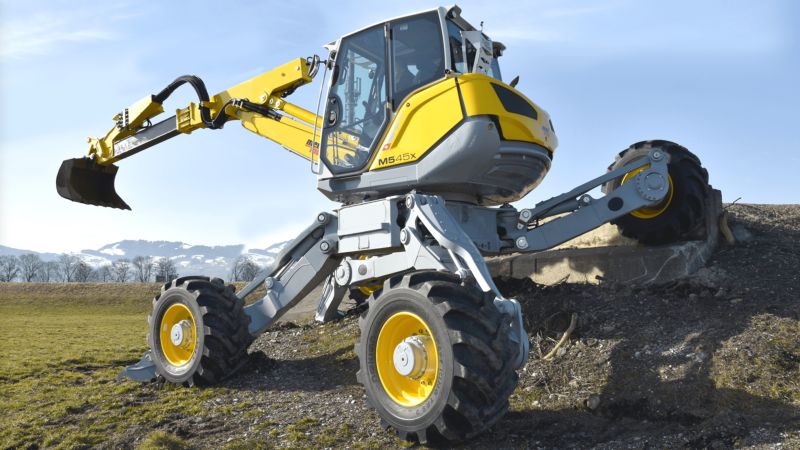
Excavator Safety Tips: From Before To After Dig
Excavators are a staple of the construction industry. These powerful machines can dig deep into the earth to create foundations, trenches, and more. However, with great power comes great responsibility.
Heavy equipment can be dangerous if not operated properly. In this blog post, we will take you through all the safety measures you need to consider before, during, and after operation, so you can safely use an excavator on your next project.
Understanding Excavator Hazards
Before we dive into the safety tips, let’s first understand the hazards that come with operating an excavator. Some of the most common hazards include: Injury caused by moving parts, such as the bucket or boom.
Collisions with other machinery or workers on site. Tipping over due to uneven ground or overloading the machine. Electrical hazards from overhead power lines. By being aware of these hazards, you can take steps to prevent accidents on the job site.
Protective Systems for Trenching and Excavations
One of the most important aspects of excavator safety is ensuring the proper protective systems are in place when doing trenching and excavation work. There are four main protective systems to consider:
Sloping
Sloping involves cutting back the trench wall at an angle that is inclined away from the excavation. This helps to reduce the risk of cave-ins by providing a stable slope for the soil to rest on.
Shoring
Shoring involves using supports, such as hydraulic jacks or braces, to prevent cave-ins. This is especially important when working in deep excavations or where the soil is unstable.
Shielding
Shielding involves using trench boxes or other protective structures to provide a barrier between workers and the excavation. This is often used in conjunction with sloping or shoring.
Benching
Benching involves creating a series of steps in the trench wall. This helps to reduce the risk of cave-ins by providing a stable surface for the soil to rest on. By understanding these protective systems and implementing them on your job site, you can significantly reduce the risk of accidents and injuries.
Managing Other Excavation Risks
There are other risks to consider when operating an excavator, such as:
Importance of an Excavation Plan
Before starting any excavation work, it is important to have a plan in place. This plan should include details such as the location of underground utilities, the type of protective system being used, and emergency procedures in case of an accident.
Scheduling Excavation and Trenching Inspections
Regular inspections of your excavation and trenching work can help to identify potential hazards before they become a problem. Schedule inspections at regular intervals throughout the project to ensure everything is running smoothly.
Types of Excavation Work
There are two main types of excavation work: manual and machine-assisted. Manual excavation involves using hand tools, such as shovels and pickaxes, to dig trenches and excavations. Machine-assisted excavation involves using machinery, such as excavators and backhoes, to do the digging.
Manual Excavation
When doing manual excavation work, it is important to use proper lifting techniques to avoid strains and other injuries. Always wear appropriate personal protective equipment, such as gloves and safety glasses, to protect yourself from flying debris.
Machinery and Explosives
When using machinery and explosives for excavation work, it is important to follow all manufacturer guidelines and safety procedures. Only qualified personnel should operate machinery, and all workers should be trained on proper safety procedures.
Bottom Line
Excavator safety is not just about following guidelines and procedures. It is also about fostering a culture of safety on the job site. Remember to always prioritize safety, follow manufacturer guidelines, and schedule regular inspections to ensure everything is running smoothly.